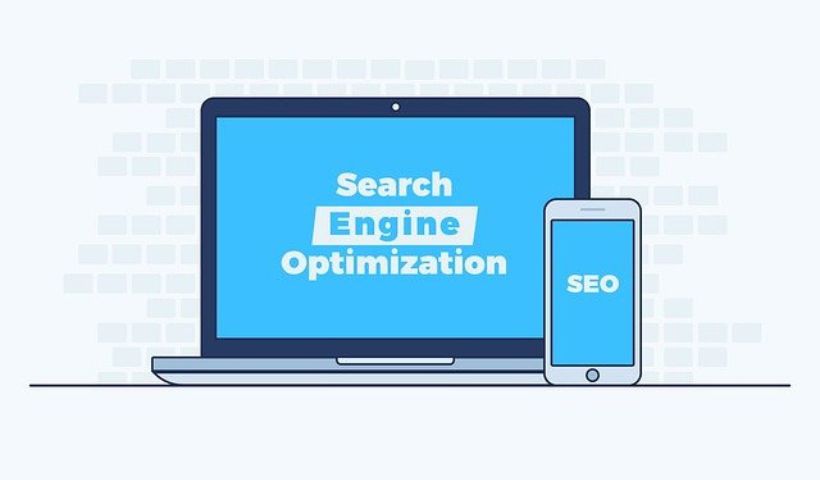Here are 5 good SEO practices to adopt to improve the natural referencing of your website . Objective of this SEO checklist to help your pages reach the first results of Google search in order to attract Internet users.
Before giving you the keys, we will start by observing a structured and synthetic vision of the elements to be optimized.
We then discuss the best SEO practices to adopt for each component: technique, content, and popularity.
If you feel a bit lost after reading these SEO recommendations , consider training or coaching in website search engine optimization .
Factors Search Engines Look At
It is essential to understand how SEO research works before considering optimizing your site.
To obtain a site whose pages are indexed in search engines such as Google, it is necessary to take care of the 3 key facets of natural referencing :
the container: the technical aspects must be clean in order to have a solid, healthy base;
- the content: the research and organization of keywords must result in optimized texts, according to a target clientele profile;
- popularity: social networks and backlinks to one’s site in particular send the essential signals of trust outside one’s own site.
- Here is a summary diagram of the factors to be optimized:
- Good SEO practices to take care of the technical aspect
- Let’s start with the container, that is to say the technical aspects of a website.
- Let’s take a look at the main things to optimize to allow Google robots to visit your pages and then index them. Here are best practices for optimizing SEO from a technical point of view.
Migrate your site to https
The https protocol means that your site displays an SSL certificate , that access to your site is secure.
Ask your host to make the necessary settings so that this certificate renews automatically. Otherwise, an anxiety-provoking message may appear when users try to access your site:
Limit the depth of its pages
Bots prefer content accessible 3 clicks from the home page : they have less work to do during their visit. They index more easily the pages which are located at this level of tree structure.
Example of a website with a page depth that makes it easier for robots to crawl:
Some large websites do not respect this rule in natural referencing for various reasons: categorization, daily content production, sources of regular backlinks, etc.
Check the configuration of your robots.txt file
Observe the indications of your robots.txt file : if a line contains the command “disallow“, this means that the instruction is given to Google robots not to index the page concerned.
If you want this page to be indexed, you must remove this command.
Conversely, you can also check that certain pages are not indexable, such as the login page for the administration of your site.
Provide a smooth user experience
Google’s mobile-first index means that a website that is not optimized for browsing on smartphones may not be indexed.
With a view to optimized loading speed, it is important to compress your images in order to reduce their weight. We see this further down in the SEO checklist for content optimization .
Fix broken links
You may have broken links on your website. You created external links to other sites, but those sites removed the landing page, or moved the content without performing a URL redirect.
A broken link is therefore a link that returns to a 404 page when the Internet user clicks on it. The Internet user therefore does not access the desired content. Broken links are bad for your website’s SEO: they damage the credibility and trust that Google gives you.
Also Read : Internet of Things

